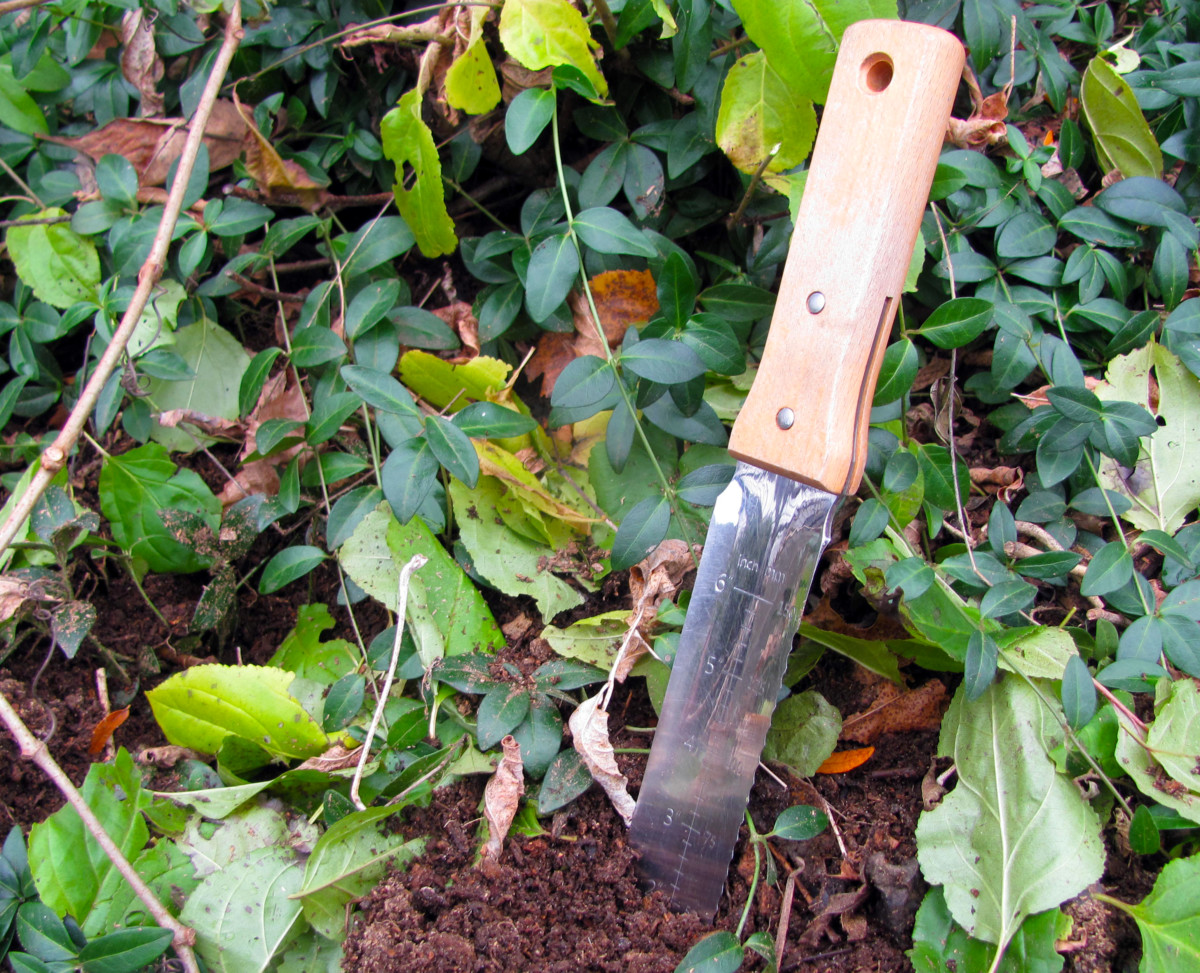
A hori hori is really the ideal tool for us easily distracted gardeners.
Maybe you know the drill. You set out into the garden with a specific task in mind and you spot a clump of weeds along the way. Or an overgrown shrub that could use a trim, or flowers that need deadheading, or a leafy green that’s ready to be cut-and-come-again’ed. Suddenly one job turns into several.
But with a hori hori in hand, you can do all these things and more.
A multi-tool for the gardening set, a hori hori is essentially a trowel, shovel, saw, knife, and measuring tape, all rolled into one.
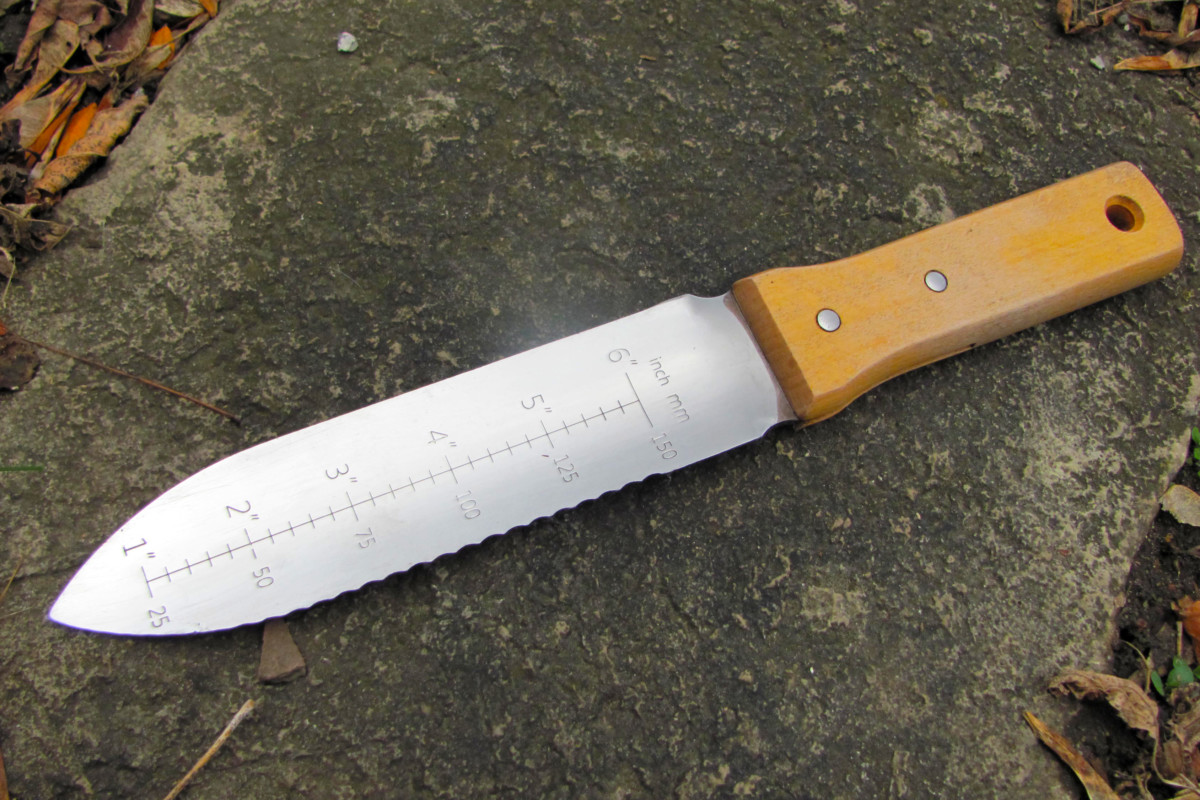
Every part of the hori hori has a purpose. Made from solid stainless steel, the 7.25 inch blade has a slightly concave shape and a pointed tip that allows it to slide through soil like butter.
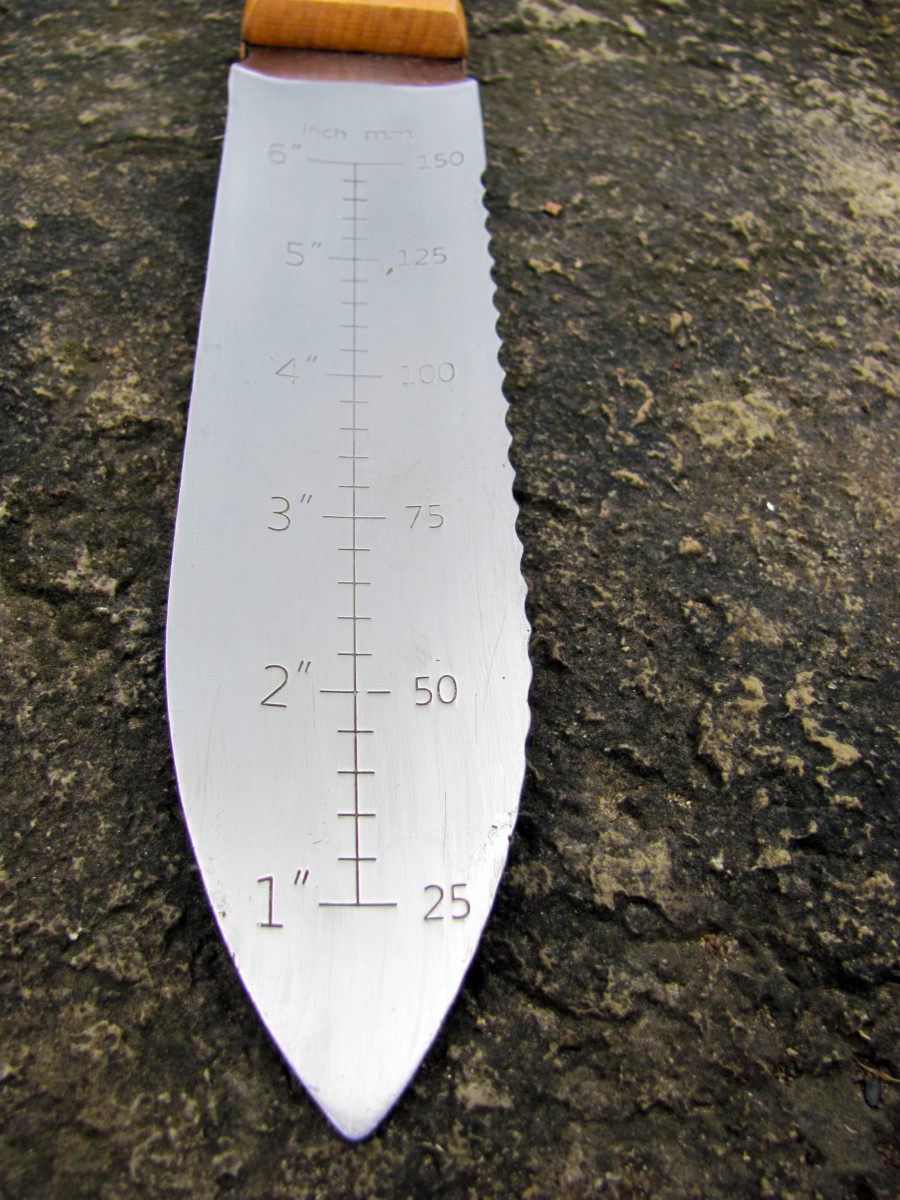
The edges of the knife – one side beveled and the other serrated – are used to slice and saw. The face of the hori hori is etched with a ruler.
Taken all together, the hori hori lets you get straight down to business. With no need to stop what you’re doing to switch tools, you can seamlessly zigzag from task to task.
My trusty Nisaku Hori Hori Knife is by my side all season long, from first thaw to first snowfall.
Here’s why it’s my favorite tool for almost any gardening encounter:
1. Weeding
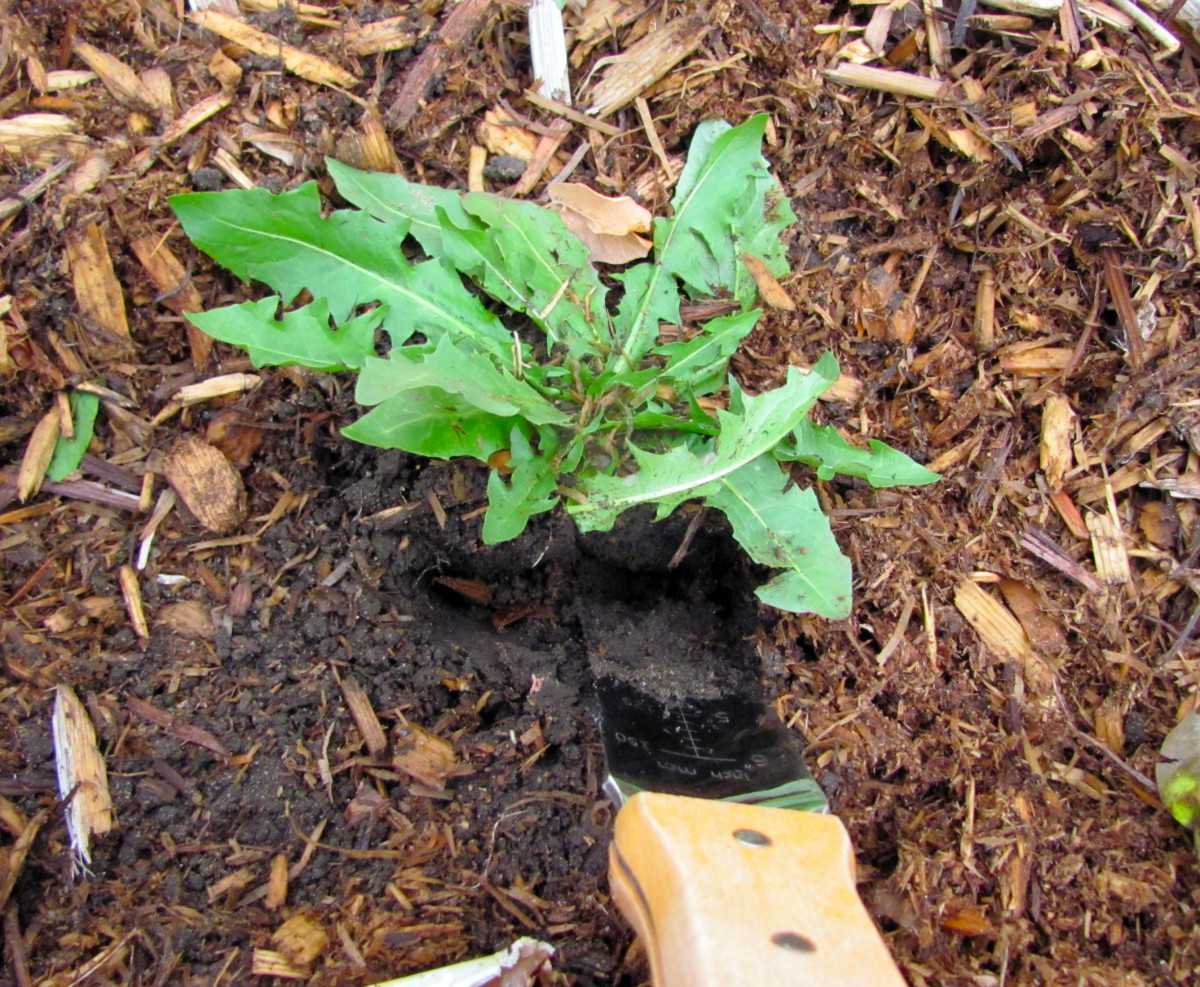
Removing weeds is one of the things a hori hori does best.
The sharp tip slices through compacted, heavy, and bone dry soils with ease.
The curvature of the blade lets you get nice and close to the roots of the plant. Dig into the soil at a slight angle to get under the root mass and pull back on the hori hori handle to lever them out.
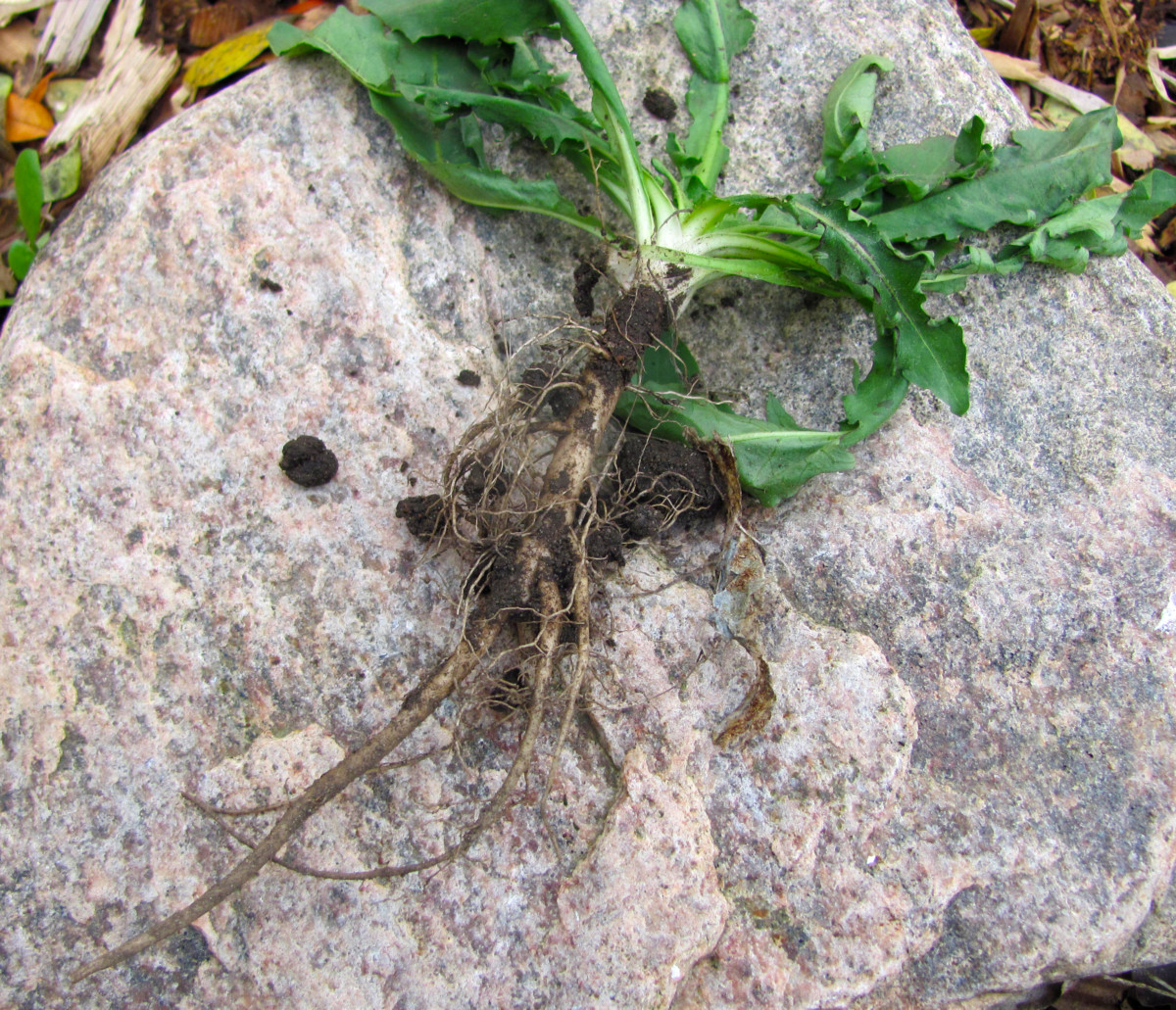
Weeds with a long taproot come up whole, ensuring you’re getting every last bit.
2. Digging
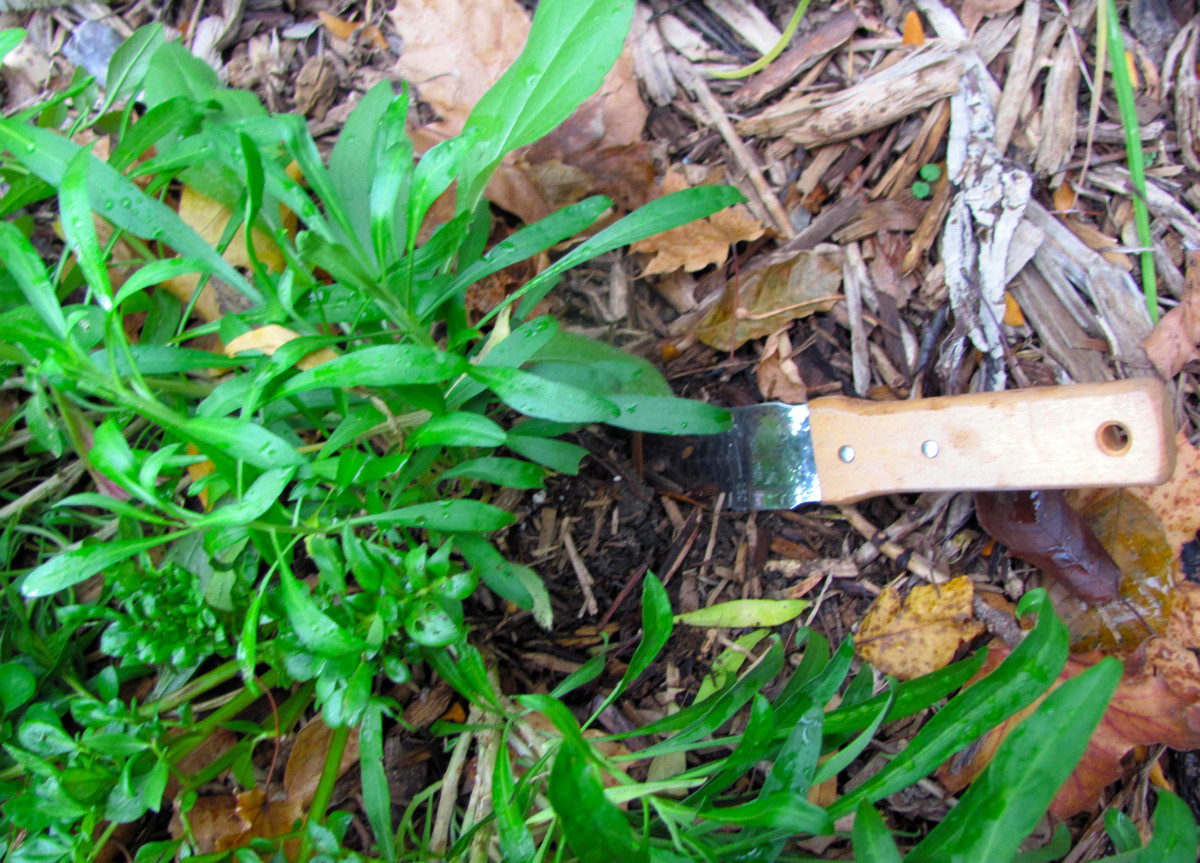
Hori hori means “dig dig” in Japanese, an onomatopoeia for the sound that digging makes.
And dig dig it does. Use it to make planting holes, remove turf, and edge small areas.
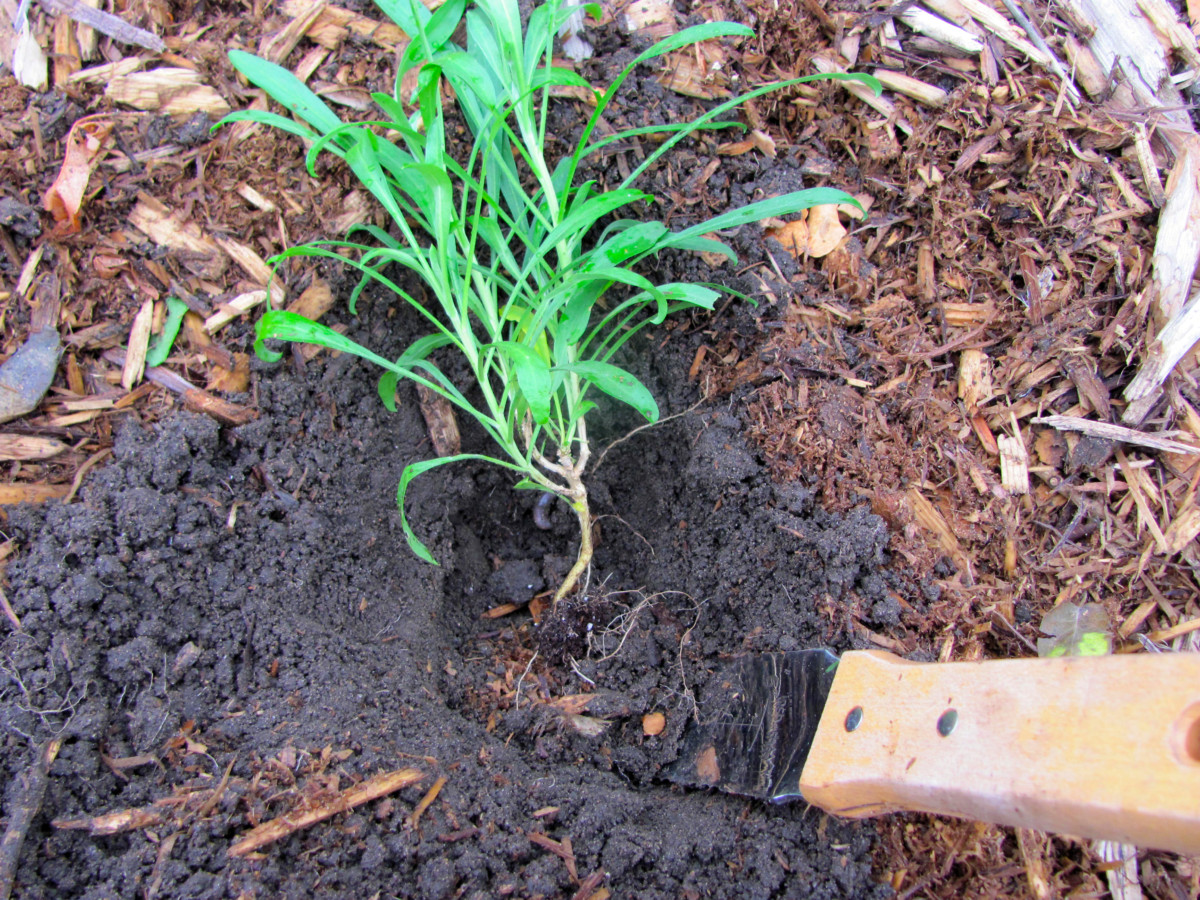
Because it keeps roots intact, it’s a safer way to dig up and divide perennials.
3. Planting
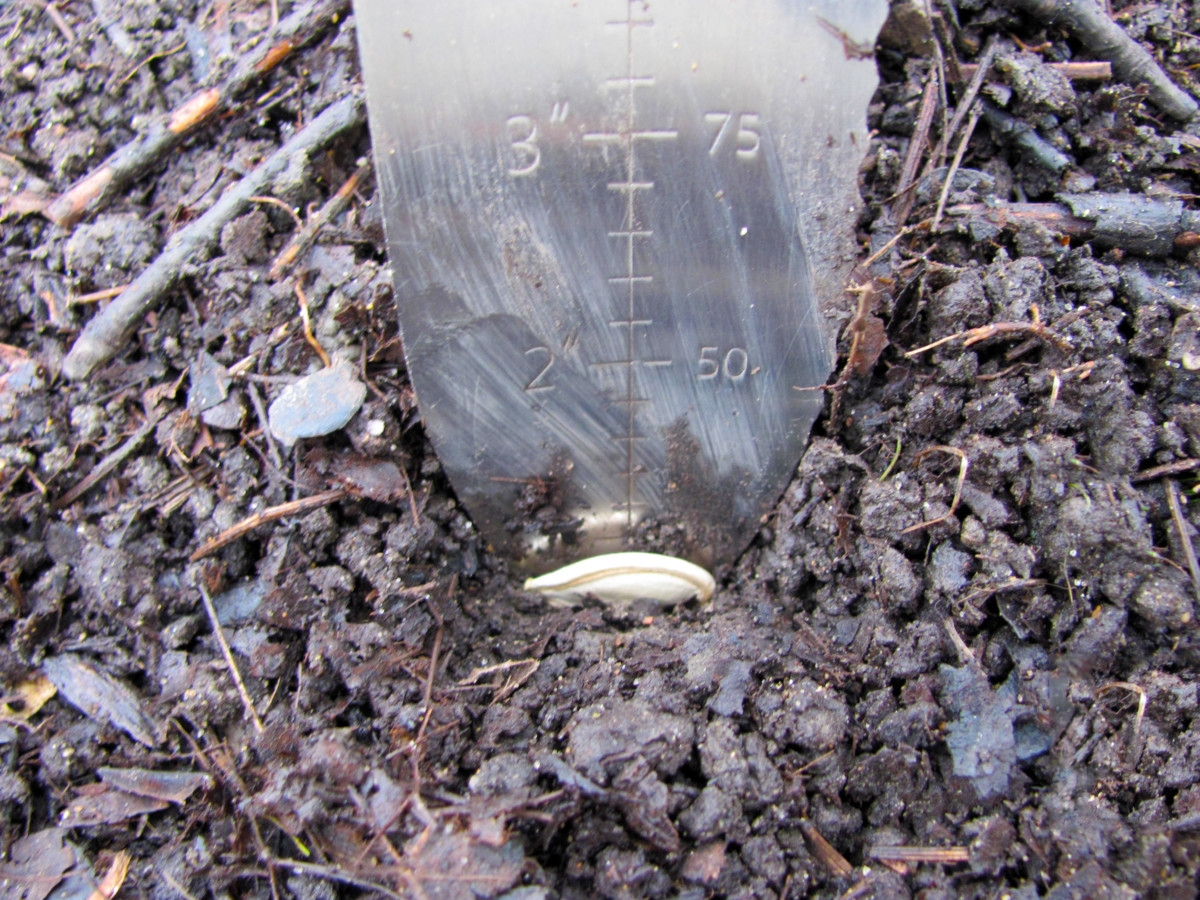
No matter what gardening method you use – tilled soil, no-dig, raised beds, container gardening – a hori hori is a definite asset in the sowing and planting department.
Where it really excels, though, is in no-dig systems where you want to minimize soil disturbance as much as possible.
Using the etched measurements on the blade to determine planting depth, insert the hori hori, and pull back on the handle to part the soil. Remove the blade and deposit the seed inside. When you’re done, gently push the soil back together.
Seedlings, tubers, bulbs, and other larger specimens can be planted in the same fashion, just pry open a wider deposit in the soil.
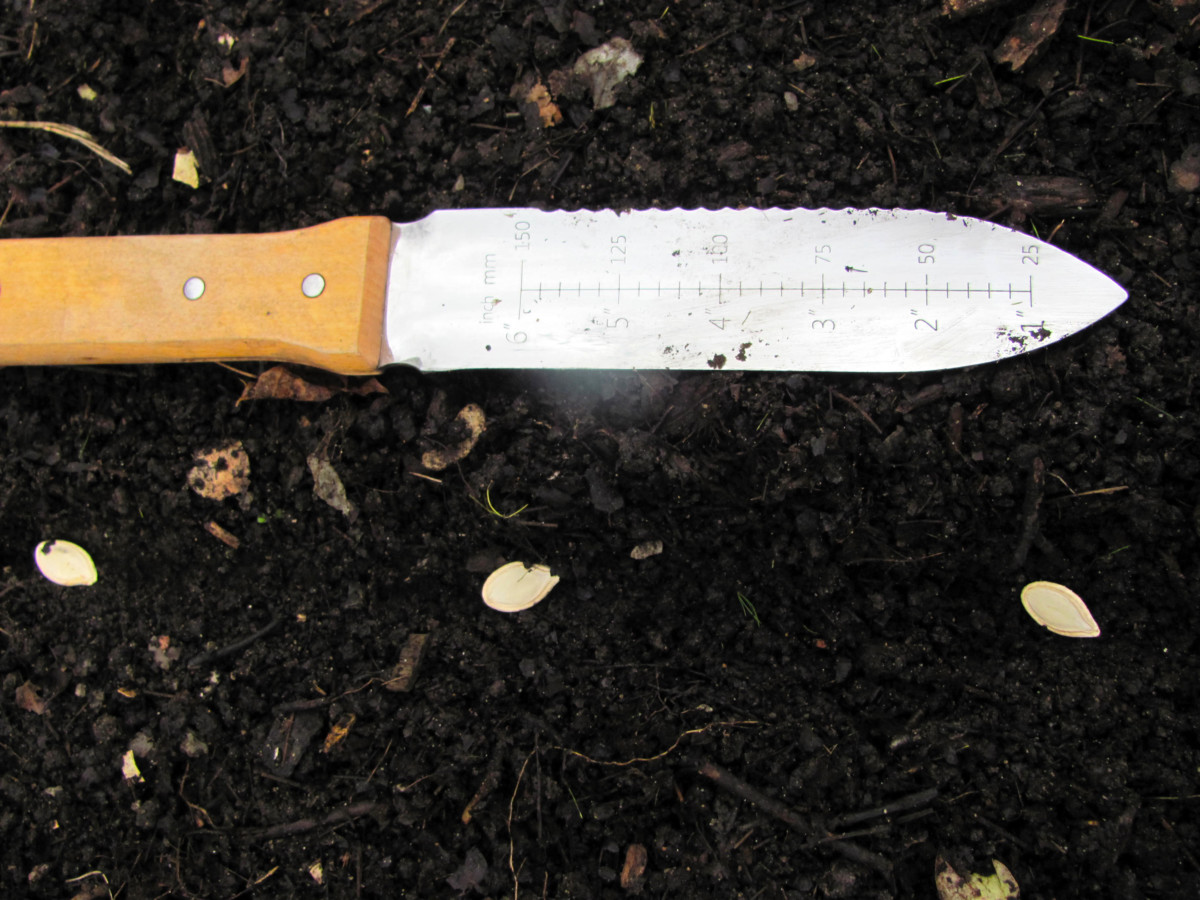
Lay the hori hori down on the soil next to your planting spot and it becomes a measuring tool. Use it as a guide to determine the appropriate amount of space between individual plantings and rows.
4. Pruning
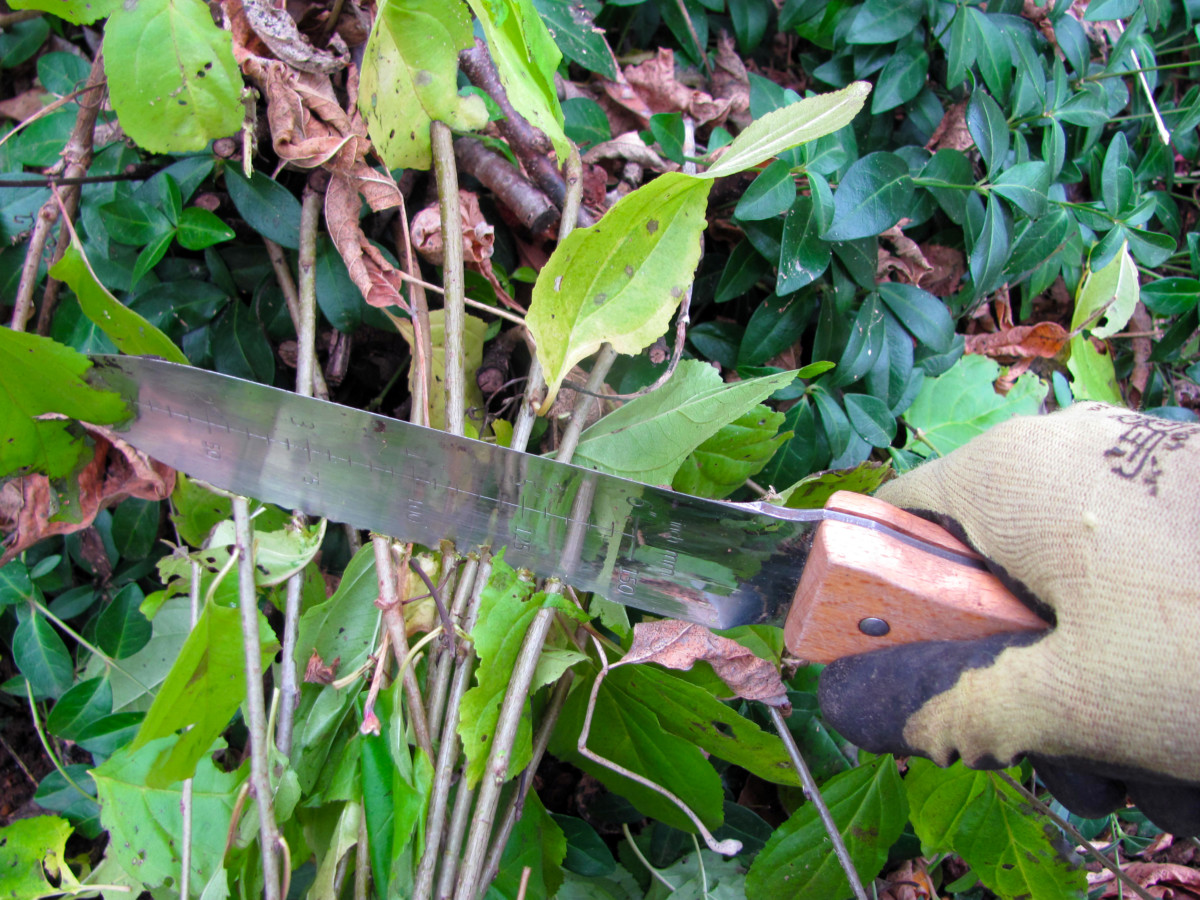
As the garden matures over summer, originally tidy and compact plants can become hulking monsters that take up more than their fair share of space.
Although a good set of hand pruners will do a neater job, the serrated edge of the hori hori comes in handy for quickly trimming back overgrowth.
The saw is sharp enough to cut through branches a half-inch thick in just a few strokes. Hack away at wayward shrubs, vines, and brush as you go.
Having a hori hori within reach is convenient for deadheading on the fly, too. Prompt a second bloom in bushier plants like catmint, alyssum, and thread-leaf coreopsis by grasping the plant in one hand and using the hori hori to shear it down to the ground.
5. Harvesting
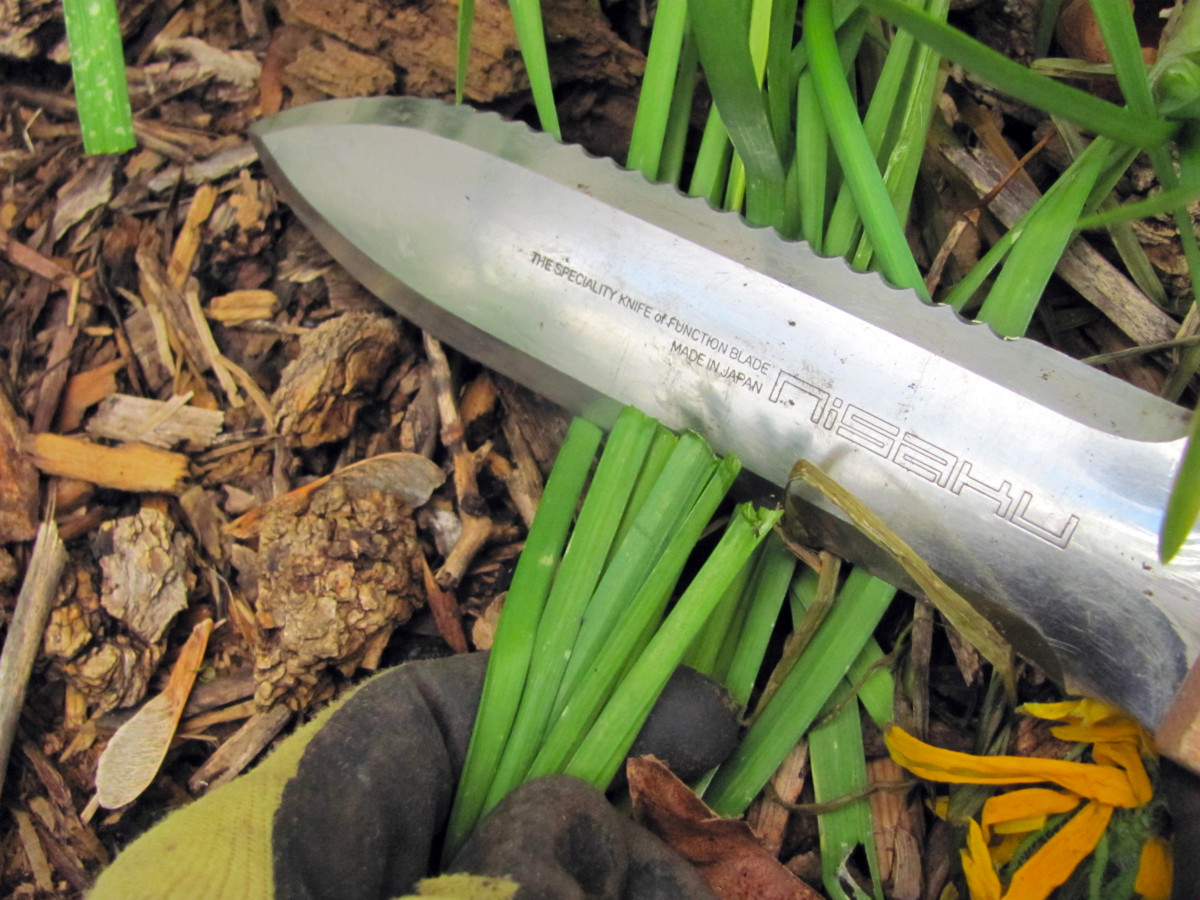
Flip the hori hori over to the beveled side for its slicing and chopping action. It will cut through soft and tender leaves like lettuce, arugula, and chives without any trouble at all.
The serrated side is useful for gathering lavender, rosemary, thyme, and other woody-stemmed herbs.
It’s the perfect implement for harvesting root vegetables. The long blade makes it a snap to loosen the soil around carrots, beets, parsnips, and other edible roots without damaging them.
6. Random Garden-Adjacent Tasks
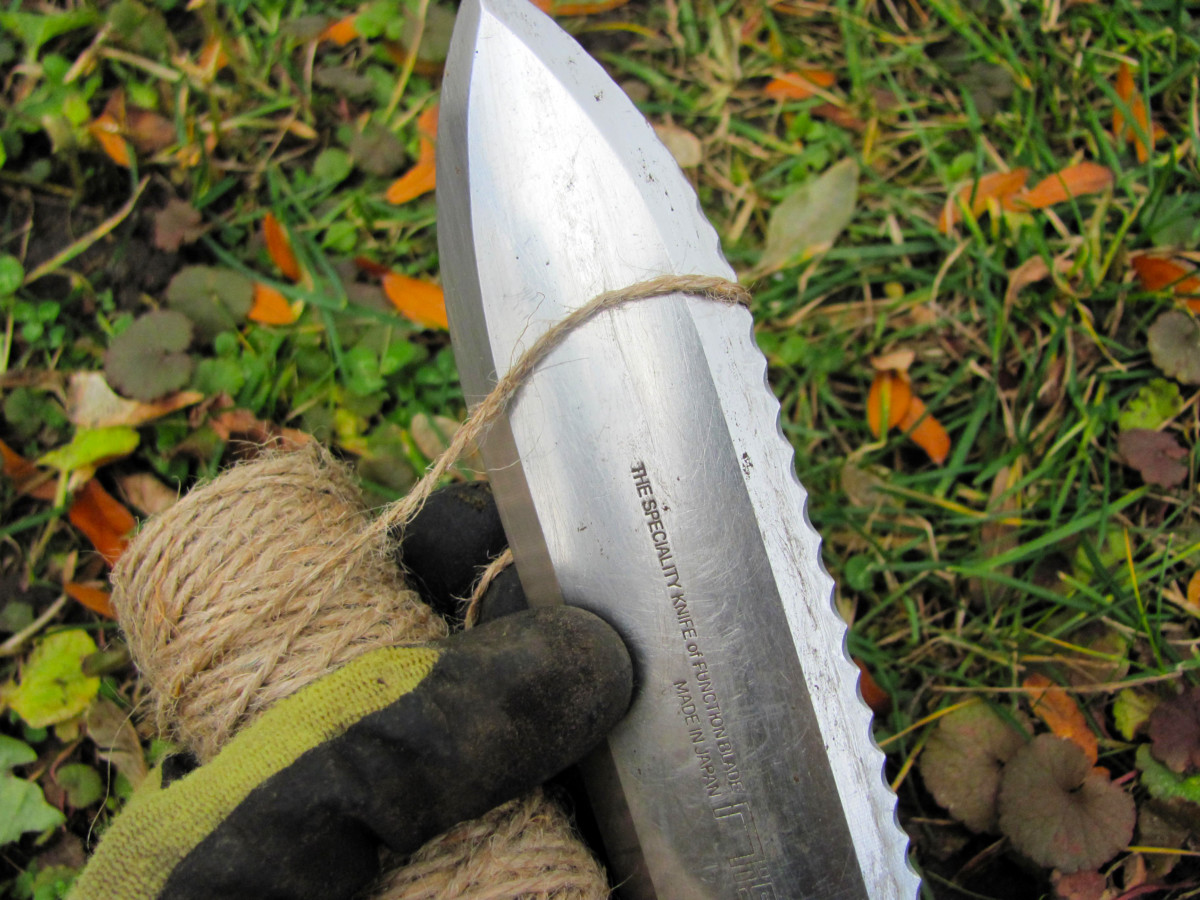
Clearly, a hori hori is no one-trick pony! And once you start using it around the garden, you’ll find that it has plenty of other offbeat functions.
Need to open a bag of mulch? Slice through twine? Chop up yard waste for the composter? Break down a cardboard box? Measure something, purely to satisfy your curiosity?
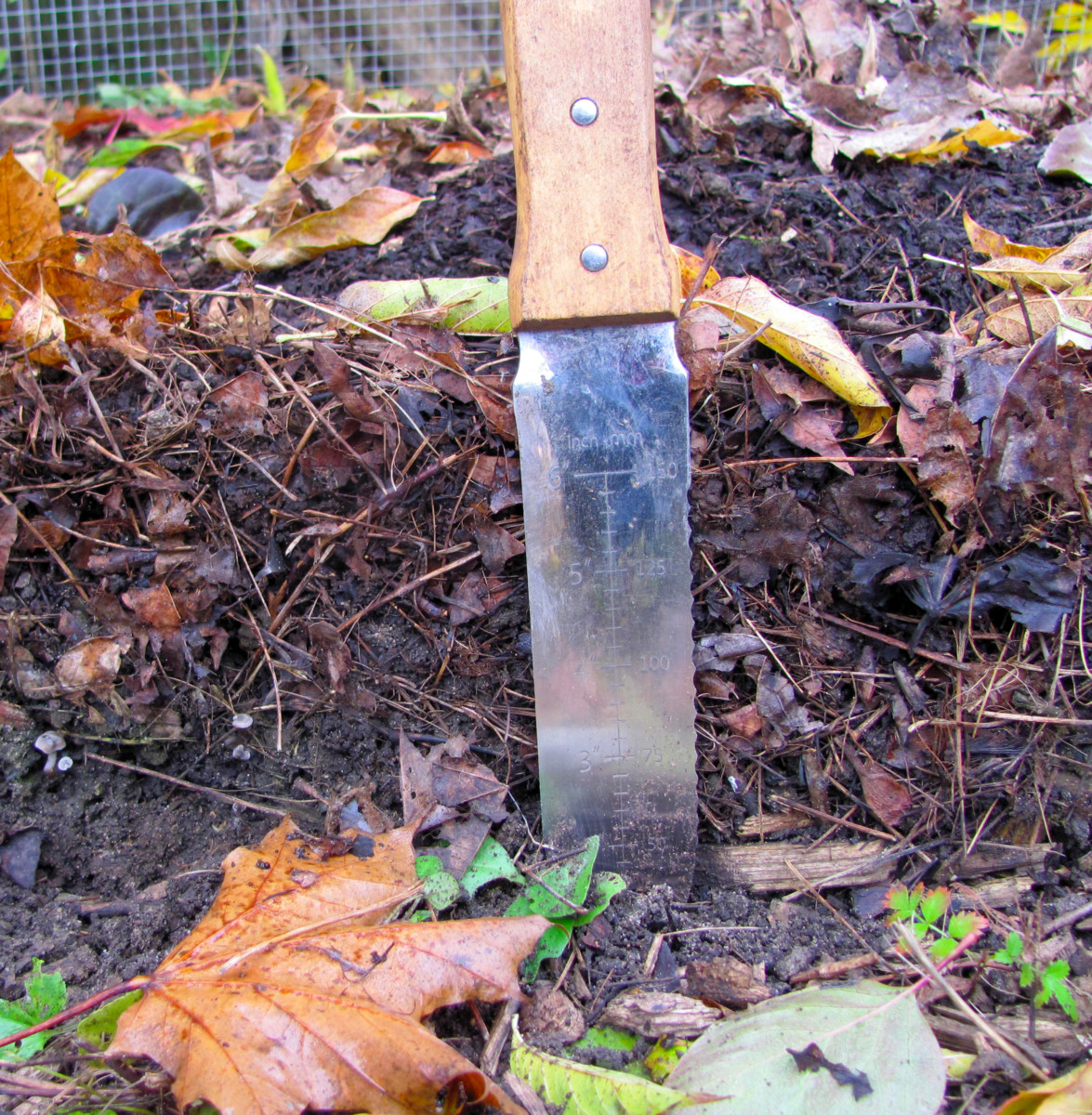
It’s all in a day’s work for the hori hori.
Buying A Hori Hori Knife
A Hori Hori knife is an affordable garden tool, often coming in around the $25 mark. There are lots of different options available here on Amazon at a range of price points.
My Hori Hori knife, and the one pictured throughout this article, is the Nisaku Hori Hori Knife. It comes with a faux leather sheath for easily securing to your belt.

Get the famous Rural Sprout newsletter delivered to your inbox.
Join the 50,000+ gardeners who get timely gardening tutorials, tips and tasks delivered direct to their inbox.

